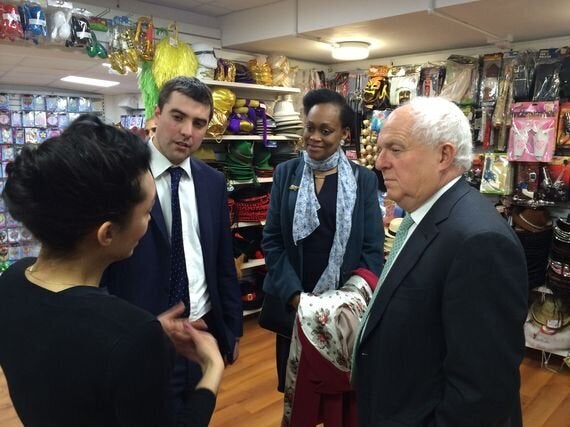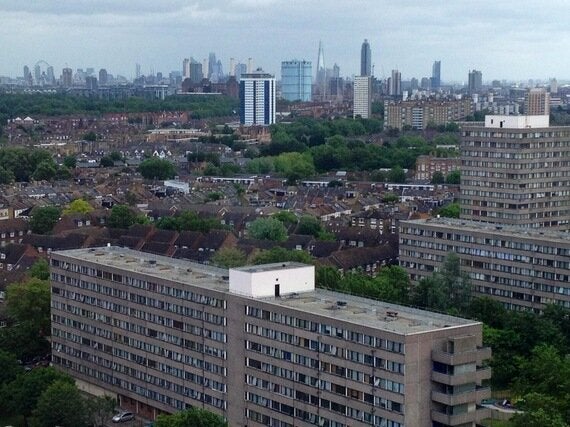Monday August 8 2011 started like any other. I left work, taking the train from Waterloo to Clapham Junction. I had followed the news, but the riots were contained to Tottenham, a community angry at the shooting of Mark Duggan.
At Clapham Junction, the atmosphere was tense. The mobile phone shops had their grills down, the bar across the road was closed. Large groups of teenagers were hanging around, hoods up. Commuters hurried home, including me.
On TV, I watched hundreds of looters tearing apart the local shops. Out of my kitchen window I watched a helicopter circle above, filming the chaos that was streamed live across the nation. I felt sick. Clapham Junction's Party Store was on fire. For me and for thousands of Battersea residents, it was a frightening night.
Dozens of shops were wrecked. Across London, over 2,000 arrests would eventually be made and hundreds jailed. The police and the courts were right to punish those convicted for crimes that damaged our community, but it falls on all of us to stop it happening again.
Battersea is the youngest and best-educated constituency in the country. It's the sixth-richest UK constituency. The average asking price of a home has passed the million mark. How could riots happen here?
High on the list of explanations was opportunism. It was the school holidays, the evenings were warm, and the police were elsewhere. Another cause, a much more complex cause, is inequality.
Inequality divides our community.
Clapham Junction station is at the heart of Battersea. It has two exits. You can exit south, to the 'Nappy Valley' between Wandsworth and Clapham Commons. If you exit north you come to the Winstanley Estate.
The Kinghan Report, commissioned by Wandsworth Council in the wake of the riots, stated that the Winstanley Estate is in the one per cent of worst places to grow up as a child in the UK. Being born on the wrong side of the tracks can affect your education, health and job opportunities.
A series of positive policies were put in place after the riots: compensation for businesses; mentoring programmes; a £100m regeneration that will rebuild much of the Winstanley Estate.
Battersea's community groups, many of which my father remembers from the 1950s and 60s, remain strong.
Robert Musgrave, the charismatic leader of Providence House youth club, continues to guide the grandchildren of the boys he helped keep off the streets in the 1970s. The Women of Wandsworth, run by mothers from Spain, Ethiopia and the former Yugoslavia, host BBQs and organise trips to the theatre for older residents. The Party Store re-opened bigger and better than before.

For all the fine work of volunteers, Battersea's stubborn deprivation remains, and is becoming more difficult to tackle.
The Victorian social reformer Charles Booth would find Battersea not so much changed from his view 150 years ago: "side by side, the newly prosperous with the old wealthy conditions of life; new, as well as old poverty." This problem is not new but it is urgent.
Battersea's rise and regeneration has been swift, but it will remain incomplete if we leave behind some of our neighbours. The local Foodbank, at St Mark's Church, served 1,551 local people with food parcels last year. Two in five were children.
At the Old Bailey this week, a local man is on trial for shooting dead teenager Kyle McDonald on an estate north of Clapham Junction. He was the seventh young man to be shot since the riots, all within a few hundred metres of Clapham Junction.
Young people in north Battersea and south Battersea should share the same schools, green spaces, and job opportunities. New developments, particularly those at Nine Elms, must be mixed, integrated communities.
At the time of the riots, I was working for French bank, BNP Paribas. There is no French translation for rioters. Rather, the term used is jeunes de banlieue, literally 'youths from suburbs'. It's a damning indictment of Paris; poor suburbs far away from the jobs and cultural life of the centre.
London, and Battersea, is better than that.
